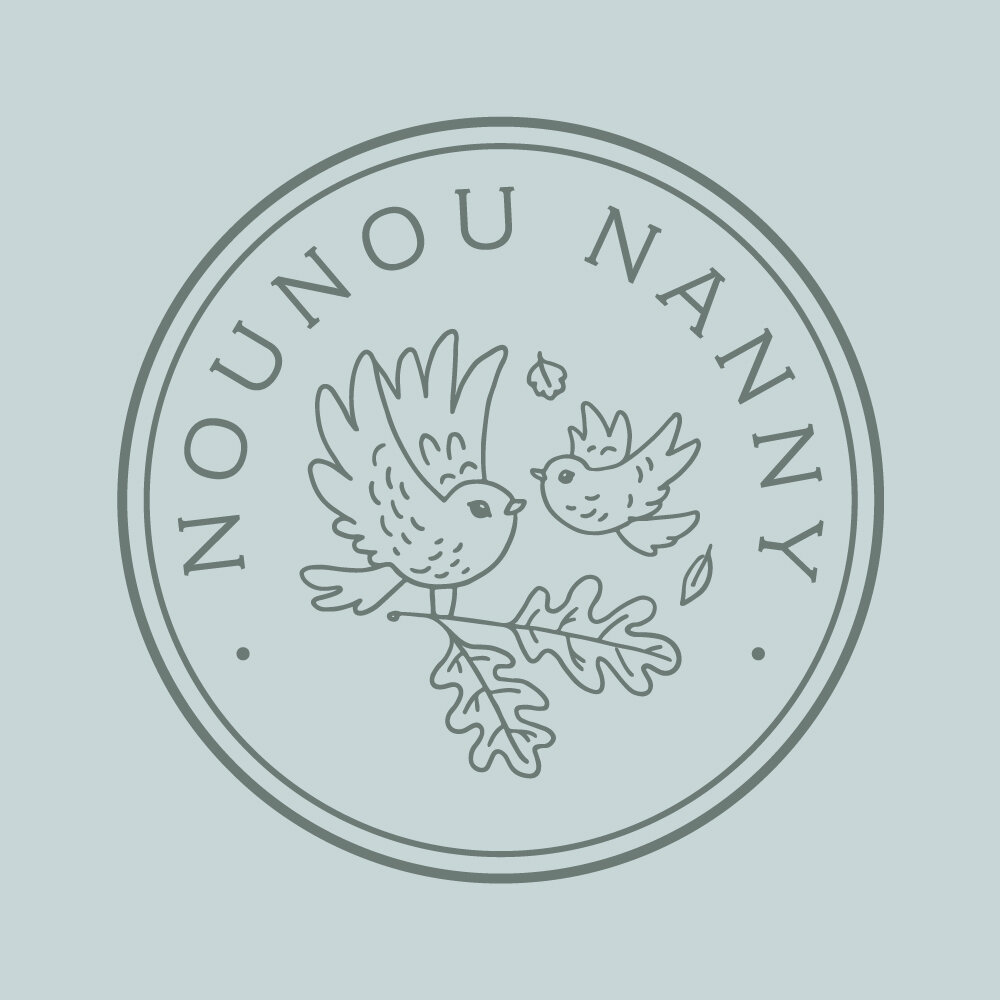Heading Back to In-Person Classrooms
Many school-aged students in the DC area have returned to school sessions in person, and the transition back has fostered mixed feelings among, teachers, parents, and children alike. The current pandemic has caused all of us to change our lifestyles, limit our flexibility, and learn to interact and communicate in a new way - so how will that affect your child's return to "normalcy?"
Of course, the short answer to that question is “we don’t know yet,” and that is completely fair (and acceptable). If you are a parent of children ages 1-3, your child may not have a real sense of what learning in a physical classroom with other children is like. They have may have been pulled from daycare, playdates, and visits to the playground before becoming accustomed to interacting with others their age. While this isn’t the most comforting thought to explore, consider the resilience and adaptability of children overall. Despite the jolt of interrupted social interactions in the world, a new way of learning and interacting has indeed emerged. It is important to note that the pandemic has caused a change in the way young children interact, and has not stunted it altogether. I believe that the extremely mailable minds of young children in healthy structured settings can adjust to varying external factors and emerge positively.
So what about school-aged children who have grown up in nurturing, socially stimulating environments in person? Families experienced the difficulty of managing remote work or continuing their in-person work schedule while ensuring their children had proper oversight while in virtual classrooms. Last year’s transition was huge and uncomfortable, but we managed the best we could. And here we are again in the midst of another change, with new restrictions and major precautions as we send our children back to physical classroom settings.
I am a huge advocate for communicating with children- asking them questions, sharing ideas, and stimulating critical thinking. Through this practice, parents and caregivers are not only teaching their children to express themselves effectively, they are also creating opportunities to learn about their children as individuals. Children are facing a new way of existing in public and social spaces, and that can be a daunting reality. As you know your child best, take the time to talk to them about their experiences in school, take note of any emerging anxieties or odd behavior, and address them as you see fit.
The most important component of any educational institution is effective, quantifiable learning and development. With this in mind, and despite the limitation that the pandemic has set upon us, an effort should be made that no child slips behind in their studies. I understand that to ensure this will take an effort on many levels, by many individuals. However, I believe it can start at home with the support and guidance of parents and childcare providers alike. I am quite eager to see how the rest of 2021 unfolds as we emerge from quarantine and COVID-19. As children and young adults soldier through to the light at the end of the tunnel, heading back to the classroom can be a bright milestone on that journey.

